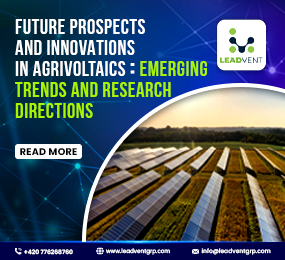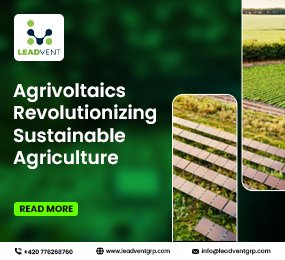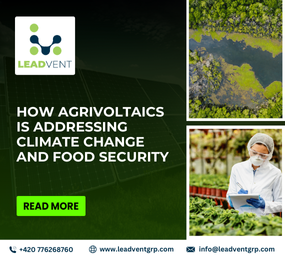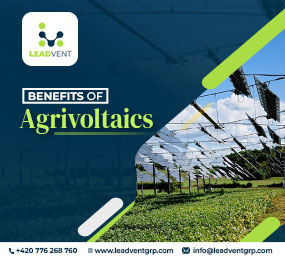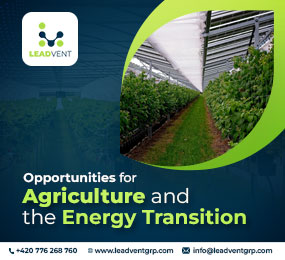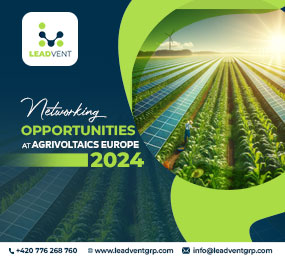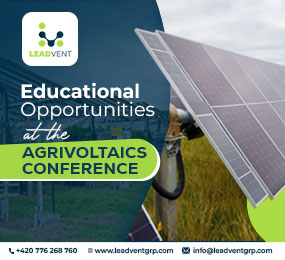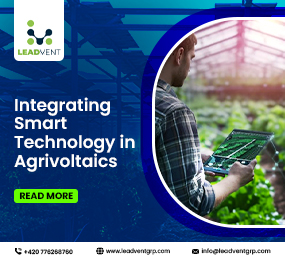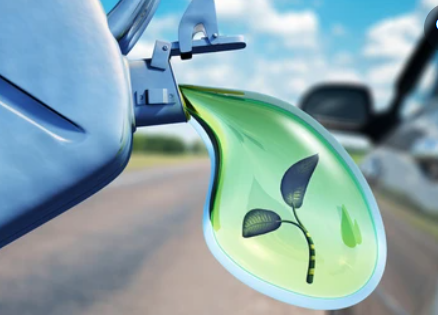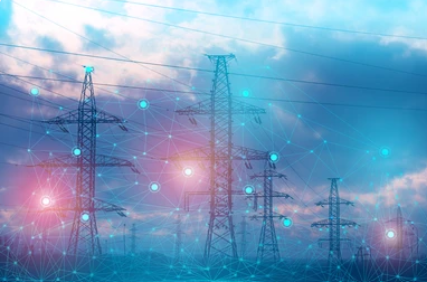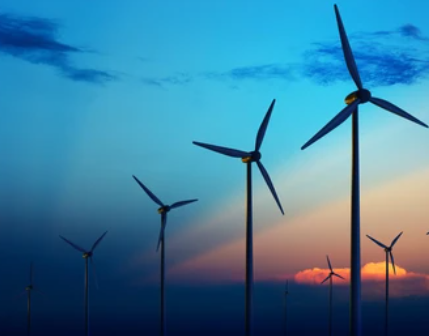Agrivoltaics: Growing Food and Power Side by Side
As the world races to meet climate goals and secure food systems for a growing population, an inspiring solution is quietly gaining ground agrivoltaics. At its core, agrivoltaics is the practice of using the same piece of land for both solar energy production and agriculture. It may sound like a modern twist, but it’s built on a timeless idea: making the most of what you already have.
Farms around the world are under pressure. From erratic weather and rising temperatures to shrinking arable land and energy costs, farmers are being asked to do more with less. Agrivoltaics answers that challenge not with more chemicals or land expansion, but with innovation, balance, and respect for nature.
How It Works: Shared Sunlight, Shared Benefits
Agrivoltaic systems install solar panels above crops at a height and angle that still allows light to reach the plants. These panels not only generate clean electricity but also provide partial shade, which can actually help crops thrive especially in hot, dry regions.
Research has shown that for certain crops like lettuce, tomatoes, and peppers, partial shading reduces water evaporation, limits heat stress, and increases yield. Meanwhile, the energy generated can power irrigation systems, cold storage units, and nearby homes or villages often reducing dependence on diesel or unreliable grids.
In other words, agrivoltaics isn’t about choosing between food or energy it’s about growing both, smarter.
A Solution Rooted in Communities
This model holds special promise for rural areas where farming is the backbone of daily life, but energy access remains a barrier. In places like Sub-Saharan Africa, South Asia, and Latin America, agrivoltaics can offer a twofold benefit: improving food security while electrifying underserved communities.
But its success depends on more than just technology. Local input, farmer training, and flexible design are key. When farmers are involved from the start choosing crops, designing panel layouts, understanding energy flows the results are more inclusive and impactful.
More Than Just a Trend
Agrivoltaics is not a silver bullet. It's not right for every farm or crop. But where it works, it reshapes the conversation around land use, climate adaptation, and rural development.
Governments, research institutions, and agribusinesses are now paying attention. Pilot projects are expanding, grants are being offered, and policies are starting to reflect the potential of dual-use land.
This is not just about efficiency it’s about dignity. Giving farmers new tools to protect their land, power their homes, and feed their communities is a climate solution with heart.
Takeaway Point:
Agrivoltaics proves that sustainability and productivity don’t have to be at odds. By rethinking how we use land, we can grow food, generate clean energy, and empower rural communities all at the same time.
Learn more on our website: https://www.leadventgrp.com/events/4th-annual-agrivoltaics-europe/details
For more information and group participation, contact us: [email protected] .
Leadvent Group - Industry Leading Events for Business Leaders!
www.leadventgrp.com | [email protected]


